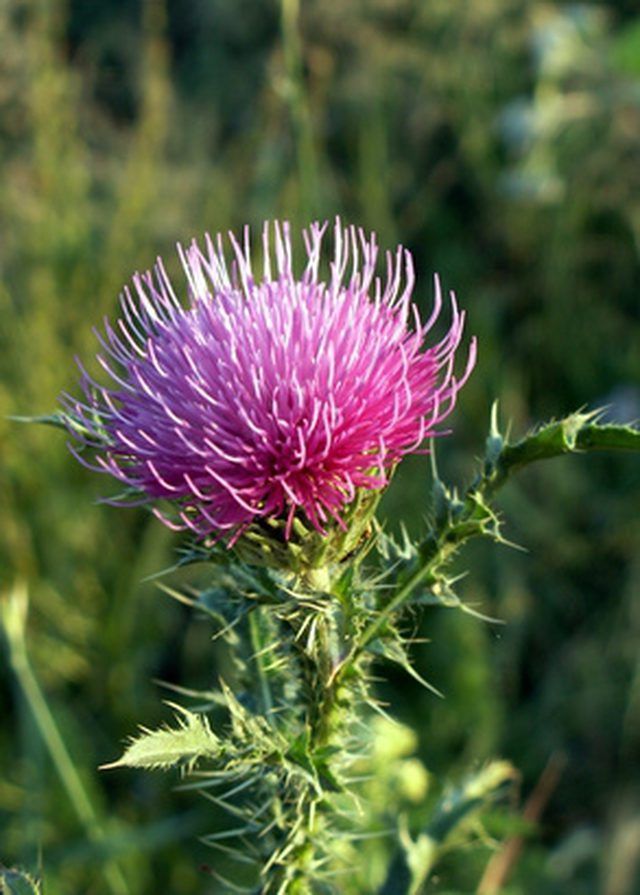Bulbs
Flower Basics
Flower Beds & Specialty Gardens
Flower Garden
Garden Furniture
Garden Gnomes
Garden Seeds
Garden Sheds
Garden Statues
Garden Tools & Supplies
Gardening Basics
Green & Organic
Groundcovers & Vines
Growing Annuals
Growing Basil
Growing Beans
Growing Berries
Growing Blueberries
Growing Cactus
Growing Corn
Growing Cotton
Growing Edibles
Growing Flowers
Growing Garlic
Growing Grapes
Growing Grass
Growing Herbs
Growing Jasmine
Growing Mint
Growing Mushrooms
Orchids
Growing Peanuts
Growing Perennials
Growing Plants
Growing Rosemary
Growing Roses
Growing Strawberries
Growing Sunflowers
Growing Thyme
Growing Tomatoes
Growing Tulips
Growing Vegetables
Herb Basics
Herb Garden
Indoor Growing
Landscaping Basics
Landscaping Patios
Landscaping Plants
Landscaping Shrubs
Landscaping Trees
Landscaping Walks & Pathways
Lawn Basics
Lawn Maintenance
Lawn Mowers
Lawn Ornaments
Lawn Planting
Lawn Tools
Outdoor Growing
Overall Landscape Planning
Pests, Weeds & Problems
Plant Basics
Rock Garden
Rose Garden
Shrubs
Soil
Specialty Gardens
Trees
Vegetable Garden
Yard Maintenance
Milkweed & Milk Thistle
Milkweed & Milk Thistle. The words "milkweed" and "milk thistle" are often used interchangeably by those who do not study plants. They are, in fact, two very different plants. Milkweed is a brightly flowering plant that attracts a plethora of fauna, whereas milk thistle is an invasive weed that can take over poorly tended fields and roadsides and...

The words "milkweed" and "milk thistle" are often used interchangeably by those who do not study plants. They are, in fact, two very different plants. Milkweed is a brightly flowering plant that attracts a plethora of fauna, whereas milk thistle is an invasive weed that can take over poorly tended fields and roadsides and has become a nuisance in the western regions of North America.
Physical Description
Milkweed usually grows to about 2 feet tall. It has large, bright clusters of flowers on the tops of its stems. The leaves alternate from side to side and are usually between 1 and 2 inches long.
The main stem of a milk thistle is stout and ridged and can grow to over 6 feet tall. Large, broad leaves protrude from either side of the main stem, with branching shoots jutting out as well. The top of a milk thistle is crowned with a large purple flower head that is surrounded by ridged sharp bracts.
Habitat
Very little water is required to properly grow milkweed. It thrives in well-drained, sandy soils in full to partial sun. Milkweed is very drought-resistant and prefers dry or slightly moist soils.
Milk thistle is usually found in untended or poorly managed fields. It requires nutrient-rich soil but can withstand long periods without water. Milk thistle can grow in full sun to partial shade, but some direct light is required for growth.
Management
Young milk thistles are most susceptible to control methods. Mechanical removal, such as using a shovel, will only prolong the life of the plant, because the seeds can stay viable for years. Herbicides applied at an early stage of growth have proven effective, as has allowing grazing animals to feed on the young plants. There have been certain breeds of weevils released in problem areas to help control the milk thistle population, because these weevils eat the seed tissue of the thistle.
Uses of Milk Thistle
Mature milk thistle can be dangerous and deadly to grazing animals, because it is a nitrate accumulator. Milk thistle can be beneficial, though, having been used as a liver medication as far back as 23 AD. Milk thistle has been proven to positively affect all forms of liver disease. There is a highly beneficial chemical, silymarin, contained within milk thistle that is composed of three beneficial flavonoids.
Uses of Milkweed
When used ornamentally, milkweed makes a beautiful addition to a garden or yard. Milkweed also has a number of medicinal uses; a tea made from its roots is used to treat diarrhea, and chewing fresh roots is a treatment for bronchitis. Also, the plant attracts hummingbirds, monarch butterflies and a number of other beautiful garden creatures. One thing to be aware of, though, is that milkweed can be toxic if ingested in large amounts.